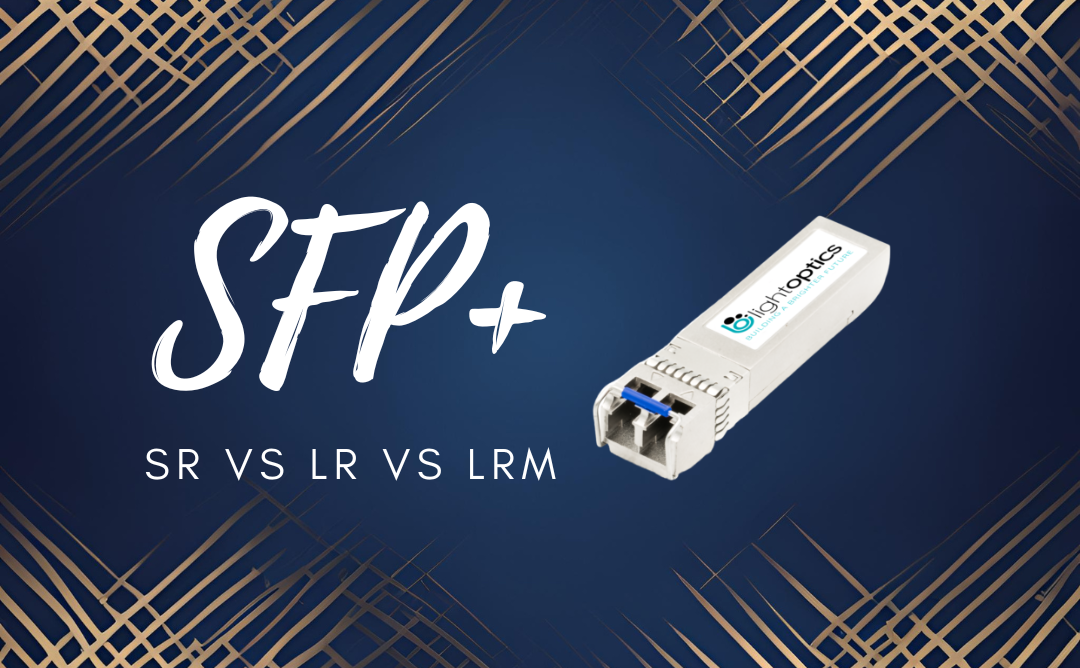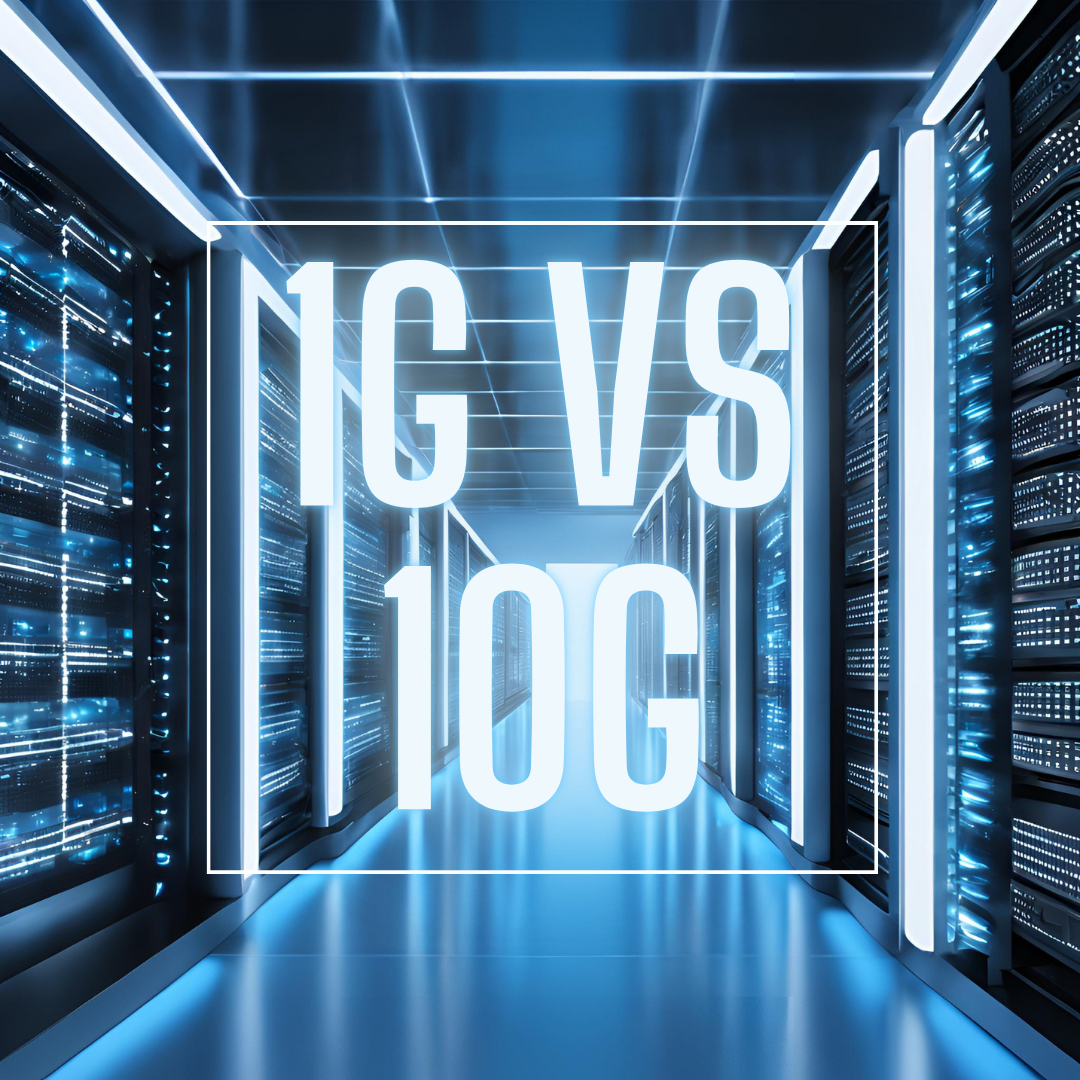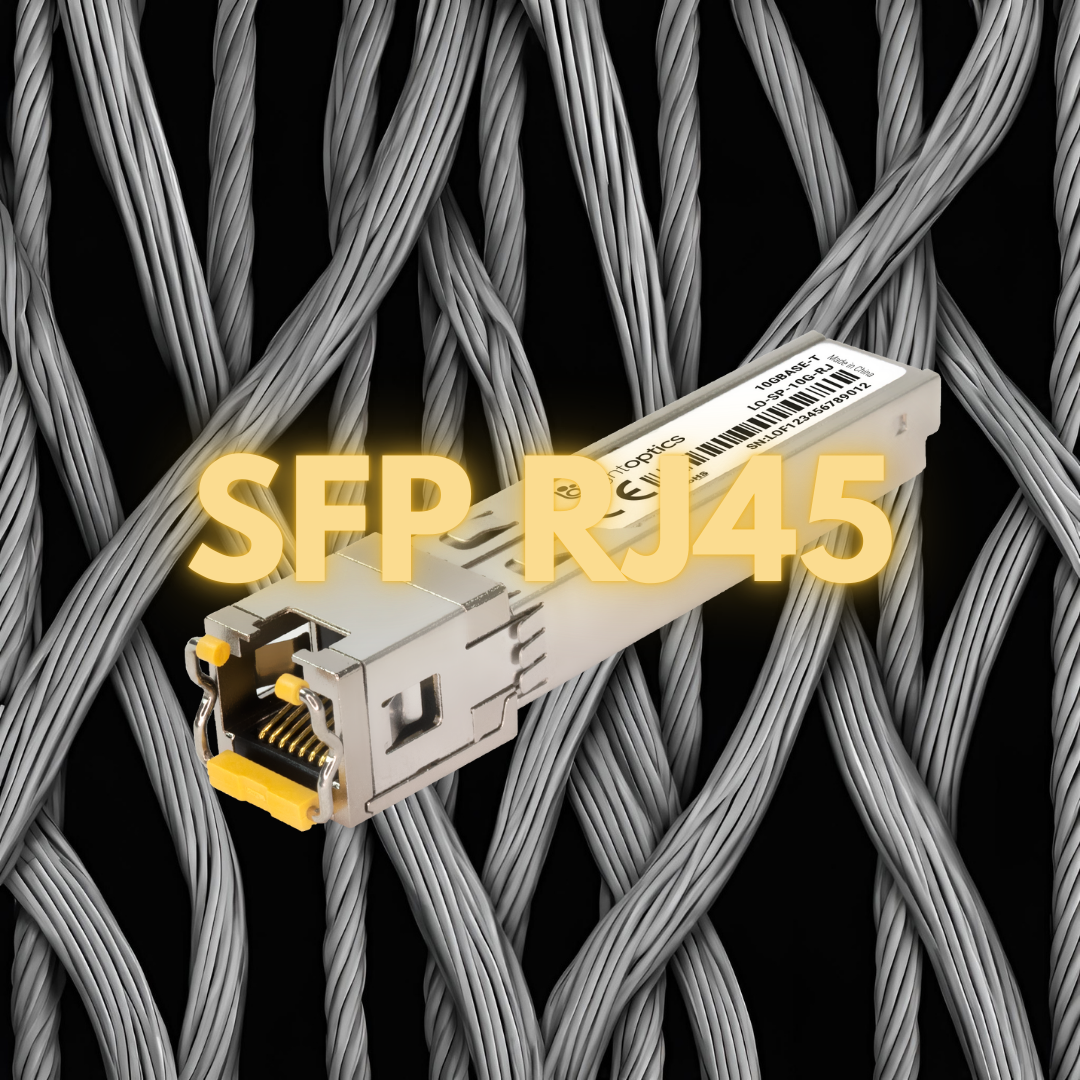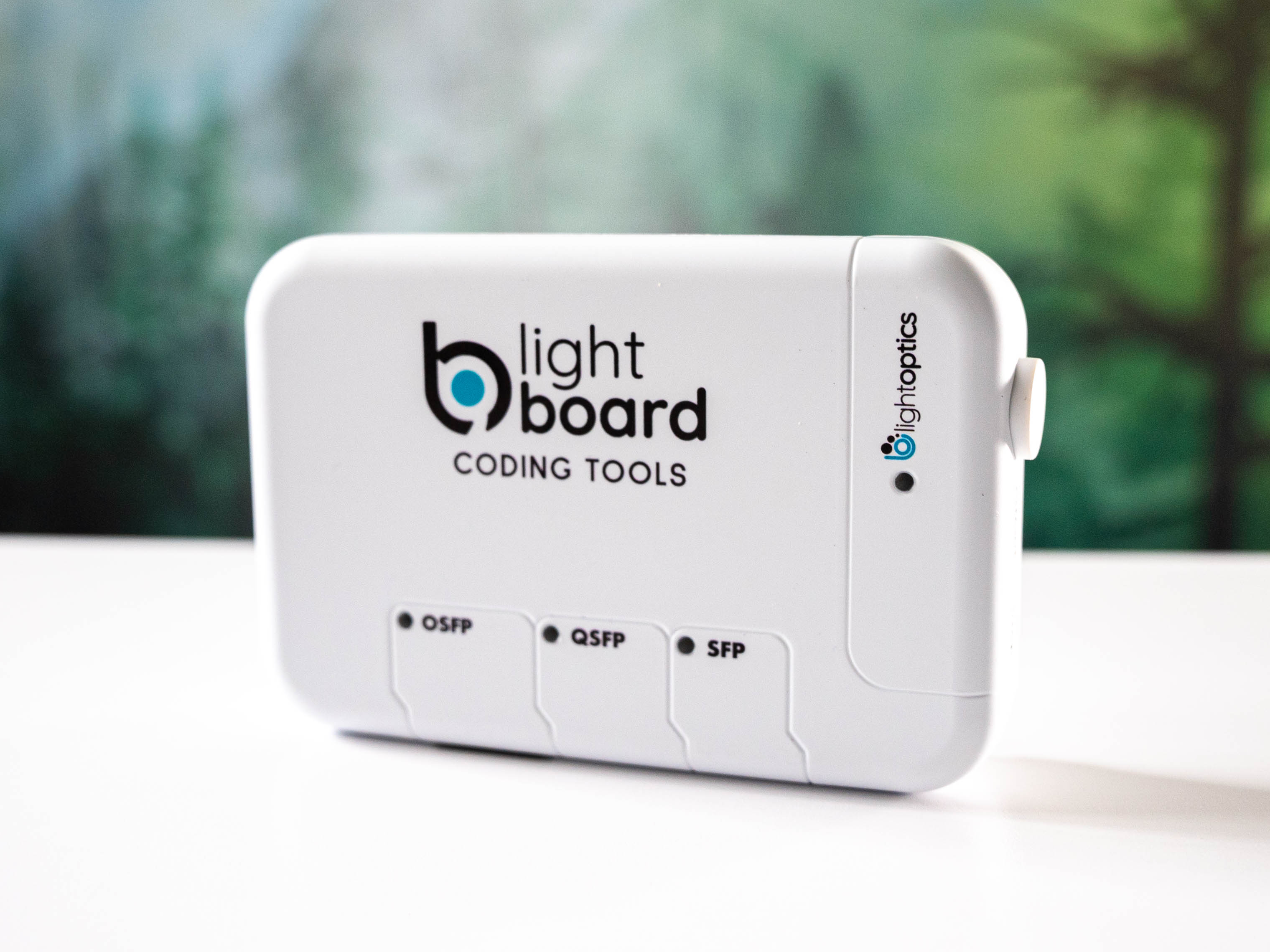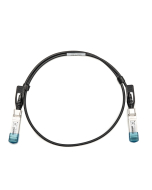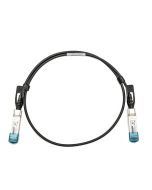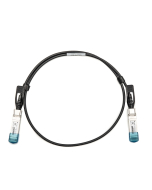The most obvious way of connecting two servers is to use a simple UTP patch cable. However, 10G RJ ports are often hard to come by, an so it is necessary to find a solution for links of several meters. Such link can be launched with the use of optical transceivers and a compatible patch cable or DAC cable. The decision depends usually on the distance between the devices and data rate. To make your search easier, we prepared this article that describes in detail DAC/AOC Cables.
What is a DAC cable?
The DAC cable is a shielded copper cable terminated on both ends with interfaces such as: SFP+, QSFP+, SFP28, QSFP28, QSFP-DD. The DAC cable is an affordable solution as it eliminates the cost of optical transceivers. It does not contain lasers or diodes and the electrical signal is transmitted directly through the copper cable. DAC’s most common application is data centers for links of several meters within a single rack or between racks.
DAC cable- types
- Passive DAC cables
- Active DAC cables
- Actibe fiber-optic AOC cables
Passive DAC cable
The passive DAC cable is a shielded copper cable terminated on both ends with interfaces such as SFP+, QSFP+, SFP28. The DAC cable, also known as twinax, are available in lengths from 0,5m to 7m. They can be used as cross cables in between switches and servers.
The main advantage of DAC cables is that is does not contain an optical transceiver- it produces much less heat and requires less energy, so if your devices are located close to each other, the DAC cable is the perfect solution for you! No transceiver means you do not have to worry about contaminating the ferrule, which is an advantage pointed out by many of our users.
The DAC cables are cooper cables and therefore have the disadvantage of limited range (up to 7m).
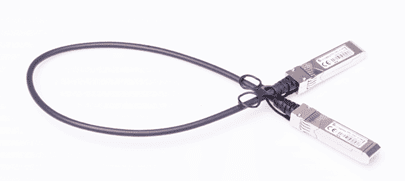
What is cheaper: DAC cables or patch cables with transceivers?
10GBs DAC cable is on average 25-50% cheaper than the cost of two SFP+ transceivers with a corresponding optical patch cable.
40GBs DAC cable is on average 60-70% cheaper than the cost of two QSFP+ transceivers with a corresponding optical patch cable.
Active DAC cable
The active DAC cable is a shielded copper cable terminated on both ends with interfaces such as SFP+, QSFP+, SFP28 with additional electrical components enhancing the signal. This helps increase the range of the cable up to 15m. The active DAC cable is applicable to data centers within a single rack or in between racks. Note that active DAC cables can be quite thick, which can pass unnoticed within a single rack but might be problematic for cable management between racks.
On average, active DAC cables are two or three times more expensive than passive ones and depending on connection range and manufacturer, can be even more expensive than solutions implementing two SFP+ transceivers and a fiber-optic patch cable, for this reason active DAC cables are rarely used.

AOC Cable
The AOC cable is a fiber-optic cable terminated with a QSFP+, QSFP28 or QSFP-DD transceiver. Differently than DAC, the AOC is an optical cable, meaning it contains a laser. Applicable in data centers for connections between racks. They occur in lengths ranging from 0,5m to 100m.
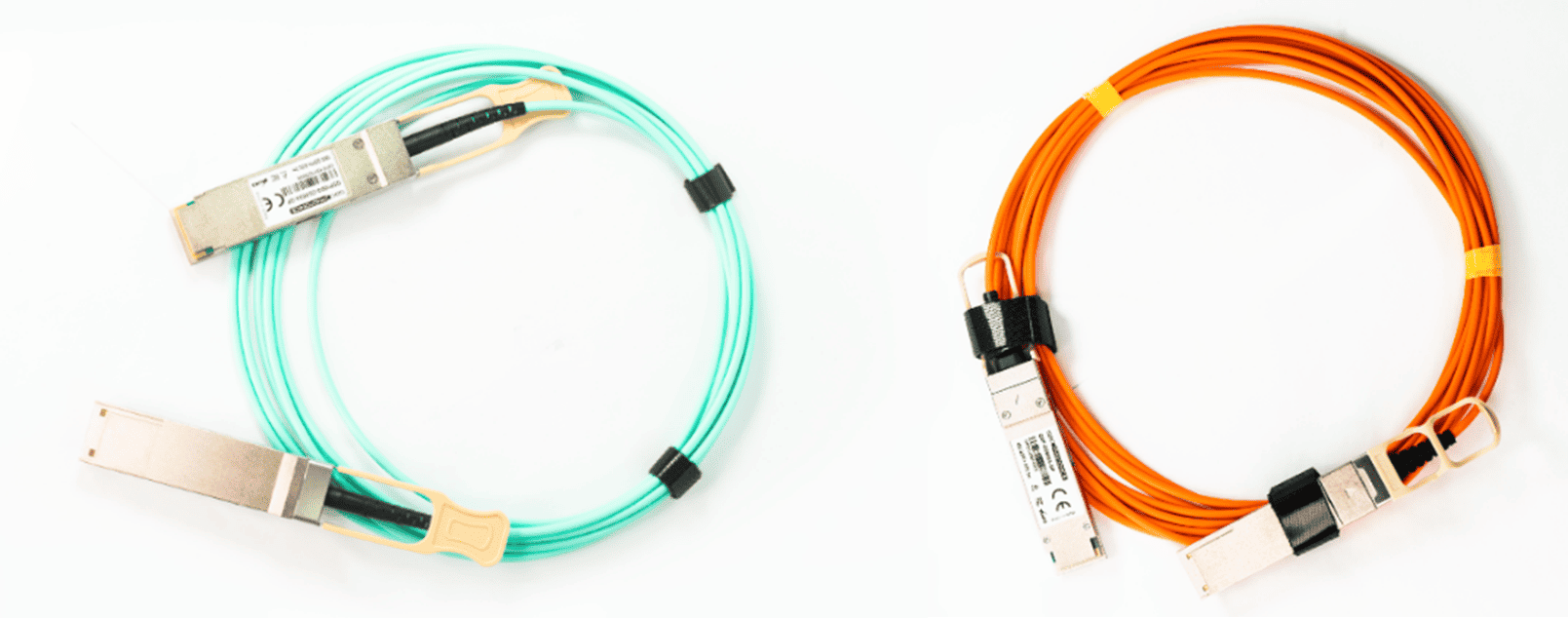
The advantage of AOC cables is their much longer range compared to DAC cables, of up to 100m. Additionally, they are immune to electromagnetic interference and cannot get contaminated inside because the transceivers are fixed to the cable.
Active optical cables have capacity above 100Gbs. They are easy to organize in racks because they are much thinner.
However, they also have some disadvantages. For example, if one of the transceivers stops working, it is necessary to replace the whole cable. If an analogical situation happened in the installation containing two transceivers and a separate cable, it is only necessary to replace one of the elements, so the cost of replacement would be much lower.
The AOC cables cost is usually much higher than DAC cables because of optical elements. It is a solution for short distances. For links over 100m, a much better solution is using transceivers with optical cables.
DAC CABLES - SUMMARY
DAC cables are a good solution for short capacities such as 10Gbs and 40Gbs for links of up to 5m within one rack. For links over 5m with higher capacities of e.g., 100GBs, that will connect racks, it will be more convenient to use thinner, fiber-optic AOCs.
- Passive DAC cables can work up to 7m for 10Gbs capacities.
- Active DAC cables are expensive, rarely used and less available
- Active optical cables AOC are applicable for data rate of 100Gbs and higher for longer links (but no longer than 100m). Rarely used, because the cost of one active cable is comparable with the cost of two transceivers and a fiber-optic cable.
Another important aspect is compatibility of the product, meaning a correct detection of the cable in the network device.
To ensure that the cable is properly detected by the network device, sometimes it will be necessary to connect two devices of different manufacturers. LightOptics DAC cables are individually programmed on each side, so that you can connect your, e.g., switch and server from different manufacturers without worry. On fibermarkt.com you will find DAC cables with 2-year warranty in the most popular lengths: 0.5m, 1m, 3m and 5m. For your convenience, the individually programmed cable will be marked with the name of the manufacturer that the cable is compatible with. Order from fibermarkt.com 24/7!










